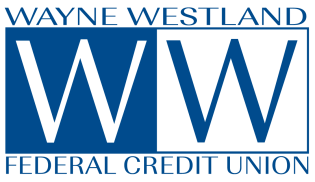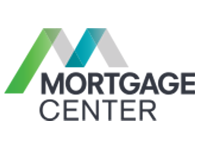Although the terms sound interchangeable, they represent two different stages in the home loan application process. If you begin looking at houses when you are pre-approved but not pre-qualified, you could fall for a house you can’t truly afford, or you’ll lose out to another buyer who is further along in the mortgage and buying process. Save yourself time, energy, and heartache by reading up on the two processes and taking the time to research the best deal from lenders.
Pre-qualified
Getting pre-qualified by a lender is the first step in the mortgage process. You can approach multiple lenders to learn about their mortgage options, what they recommend for your situation, and how much they will pre-qualify you for. The process can be done in person, over the phone, or on the Internet—for free, usually. All the lender will need is your overall financial standing, including your debt, income, and assets. At this time, the lender will take your word on these numbers and will not conduct an analysis—or hard inquiry—of your credit report or ability to purchase a home.
Because pre-qualification for a home loan is based only on the financial information you provide to the lender, and not based on a full credit report and pay stub evidence, your pre-qualified loan amount is not guaranteed. It is an amount you might expect to be approved for.
This is why being a pre-qualified buyer doesn’t carry the same weight as being a pre-approved buyer, who has been more thoroughly investigated, when it comes time to put an offer on a house.
Pre-approved
After pre-qualification and selecting your home loan lender, you’re ready to complete an official mortgage application (usually for a small application fee) and become pre-approved. As part of the application, your lender will conduct an extensive and thorough investigation on your financial background and current credit score. They may also require past pay-stubs or further proof of income, especially if you’re self-employed. With this information, they can give you an exact approved mortgage amount, as well as an interest rate on the loan.
With your pre-approval, you’ll receive a conditional commitment for the loan amount. This allows you to look for a home you can realistically afford. And it puts you another step closer to obtaining an actual mortgage. When you find the right house for you, you’ll fill in the appropriate details—like price of house and address—and your pre-approval will become a complete application.
Following the process of pre-qualification and then pre-approval before you begin looking at houses ensures you don’t waste time looking at houses you can’t afford.
Original Source: http://lmcu.frc.finresourcecenter.com/House__Home_78904.html?article_id=2653


